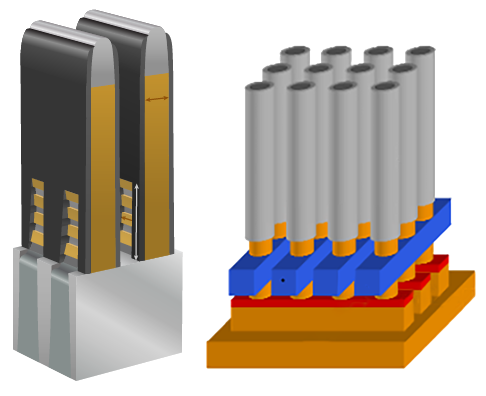Nip the Defect in the Bud: Using an external inspection system and FDC software increases ABF substrate yield
As technology nodes shrink, end users are designing systems where each chip element is being targeted for a specific technology and manufacturing node. While designing chip functionality to address specific technology nodes optimizes a chip’s performance regarding that functionality, this performance comes at a cost: additional chips will need to be designed, developed, processed and assembled to make a complete system solution.
At back-end packaging houses in the past, a multi-chip module (MCM) placed various packaged chips on a printed circuit board. Today in the advanced packaging space, fabless companies are using an Ajinomoto build-up film (ABF) substrate as a method of combining various chips into a smaller form factor. As the push for increased density in smaller multi-chip module packages increases, process cost increases as well. Along with rising costs, the cycle times needed to process ABF substrates with ever more redistribution layers (RDL) also increases. Consequently, the need for back-end packaging houses to maintain process control and detect defects is going to be similar to what front-end fabs encountered in the 1990s.
Currently, substrates are 100µm to 150µm thick. As with front-end semiconductors, Moore’s law is going to come into play with advanced substrate packaging technology. Line width/interconnects are going to shrink, and the need to be able to control and detect feedback will grow.
Reticle exposure on a non-ridged substrate inherently will require better control for rotational, scaling, orthogonal and topology variation compensation. One solution is to use a feed-forward adaptive-shot technology to address process variations, die placement errors and dimensionally unstable materials. Such a solution uses a parallel die-placement measurement process, while advanced analytics provide a means to balance productivity against yield.
Displacement errors can be measured on a lithography tool, but the measurements are slow, typically taking as much time to conduct as the exposure. But moving the measurements to a separate automated inspection system and feeding those corrections to the lithography system can double throughput. In addition, yield software adds predictive yield analysis to the externally conducted measurement and correction procedures and increases the number of die included in the exposure field up to a user-specified yield threshold.

